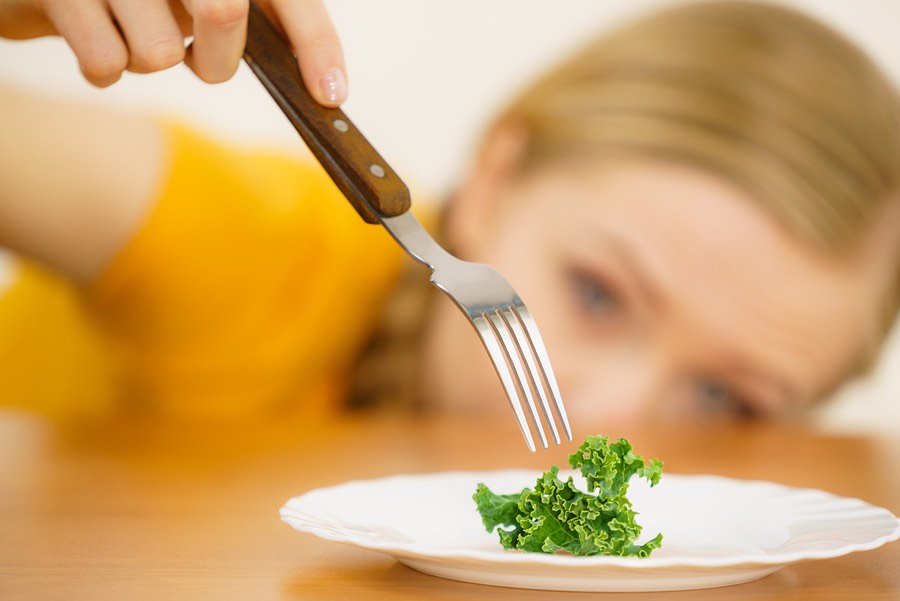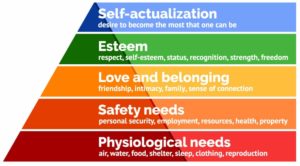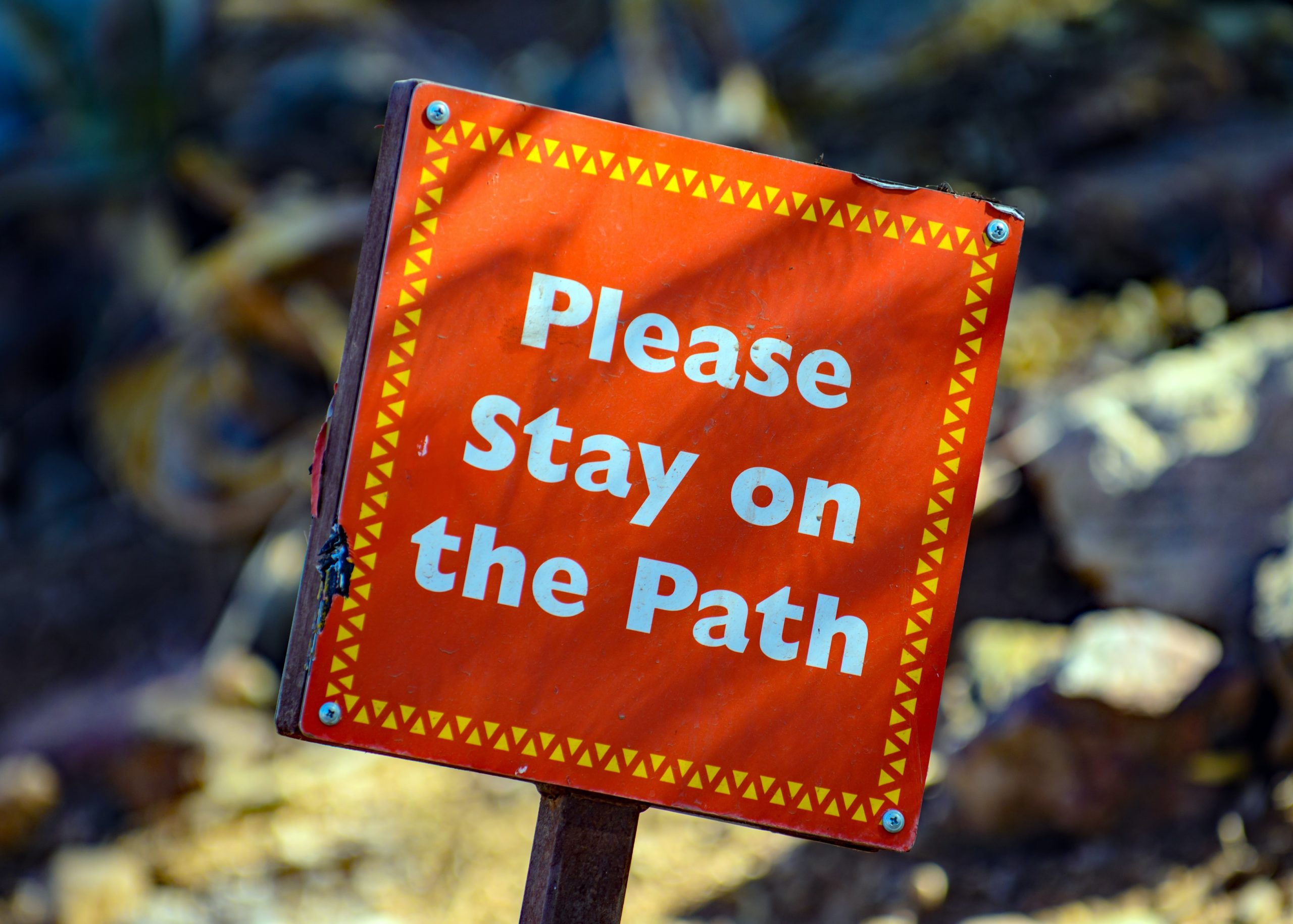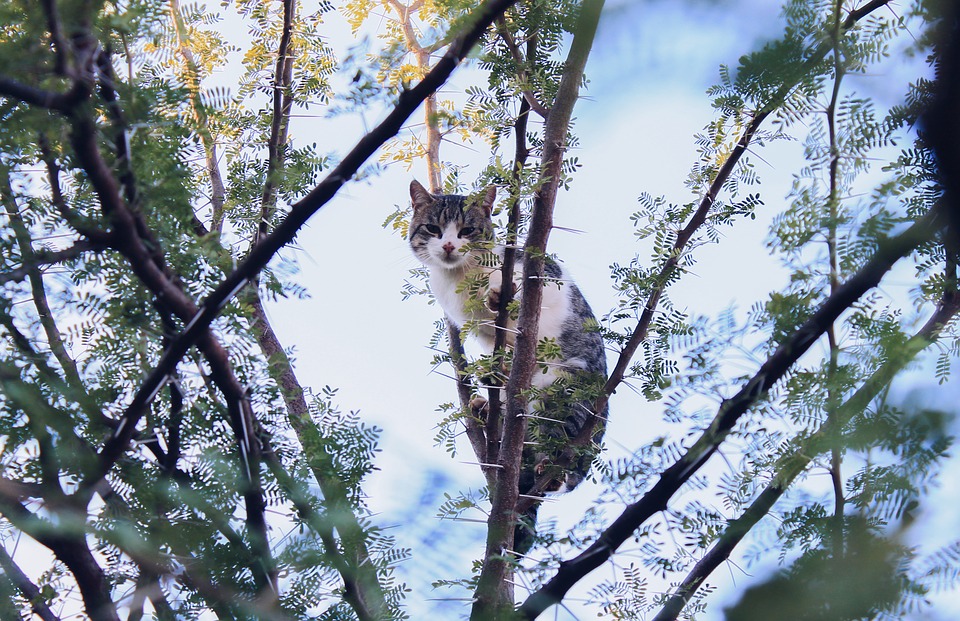We’re often asked about how the Weighless program compares to Precision Nutrition’s program. Both are 12-month programs that promise to create sustainable behavior change. Both incorporate nutrition and fitness. Both cost about the same.
Let me start by saying, I have a ton of respect for what John Berardi has created there. From what I’ve seen, the concepts and philosophy of Precision Nutrition are 100% aligned with our approach–although the name might suggest otherwise.
The name “Precision Nutrition” implies that they focus on getting exactly the “right” number of grams or percentages of various nutrients. In reality, their approach focuses more on making small sustainable shifts in habits and setting up the systems that support your goals: very much like what we do in the Weighless Program as well.
(This is the opposite of what we’ve seen of the Noom program, by the way, which promises psychology and behavior change but delivers the same old, doomed, calorie-obsessed diet.)
How Weighless is different
So, for those who have already tried Precision Nutrition, or are trying to do decide between the two, here are the three things that set the Weighless program apart:
Your Curriculum. In the Weighless program, we don’t just have a method. We also have a process for teaching that method. Our 52-week curriculum guides you step-by-step through an incremental, cumulative process of behavior change. You’re not only learning how to weigh less without dieting, you’re learning a method that can be used to create any change you’d like to see in your life.
Your Coaches. Brock and I didn’t just create the Weighless curriculum. We’re there personally, throughout the program, to help you understand, implement, modify, and problem-solve, and to offer insight, feedback, and support. We do not outsource this support to free-lancers. And unlike Precision Nutrition, we do not run a training or certification program for other coaches. Your success is our primary bottom line.
Your Community. In Weighless, you’ll go through the entire program with a small group of people (we’re talking dozens, not thousands)–all of whom you will know by name, and all of whom will be working through the same material at the same time. The private member’s forum (not on Facebook) becomes an information hub, a co-working space, and a place to connect with us and your fellow members. It’s available to you 24/7 and with members located around the world, the lights are always on. This tight-knit community becomes an invaluable source of support, ideas, and camaraderie.
Other questions? Need more help deciding whether or not Weighless is a good fit? Feel free to email us.






